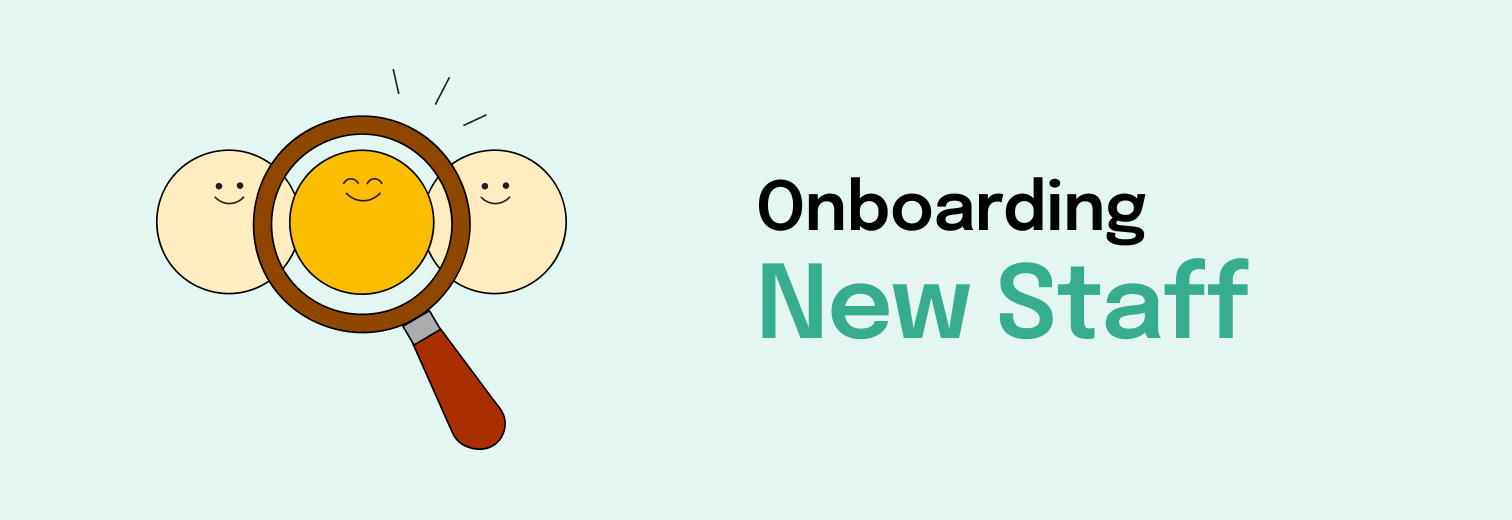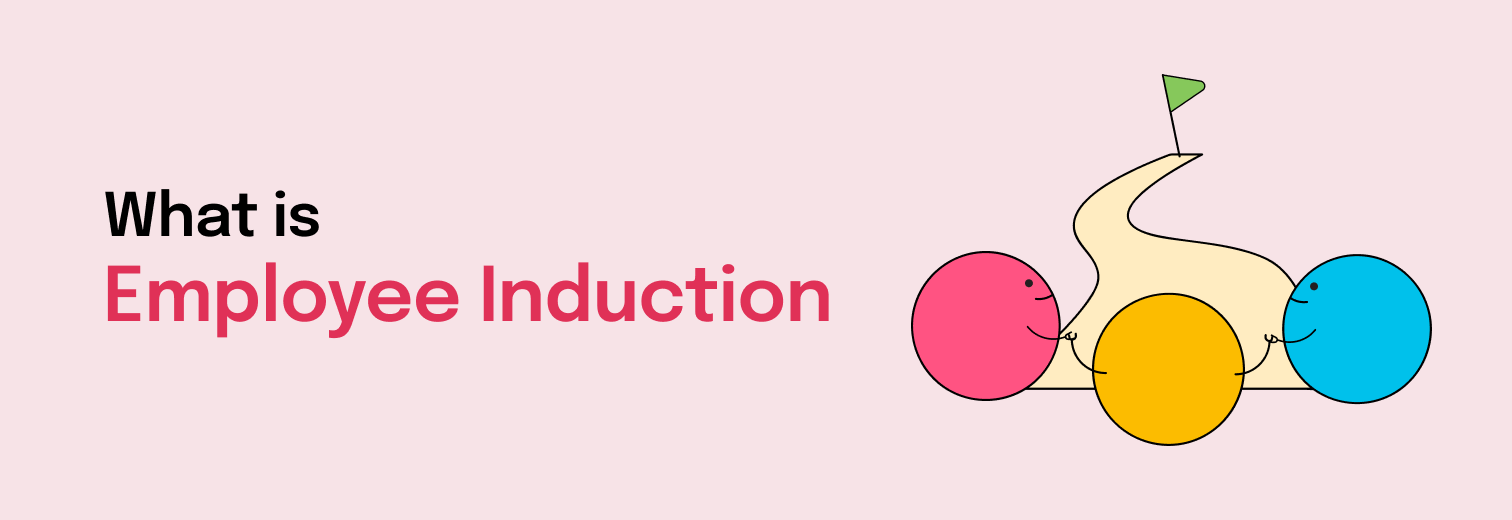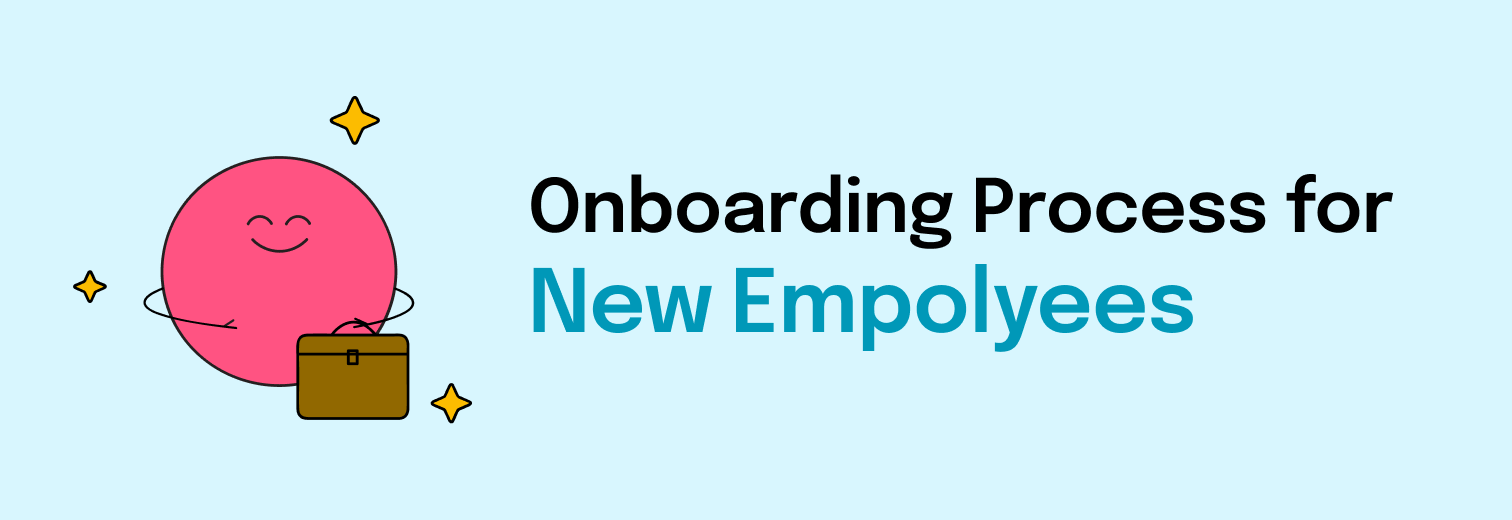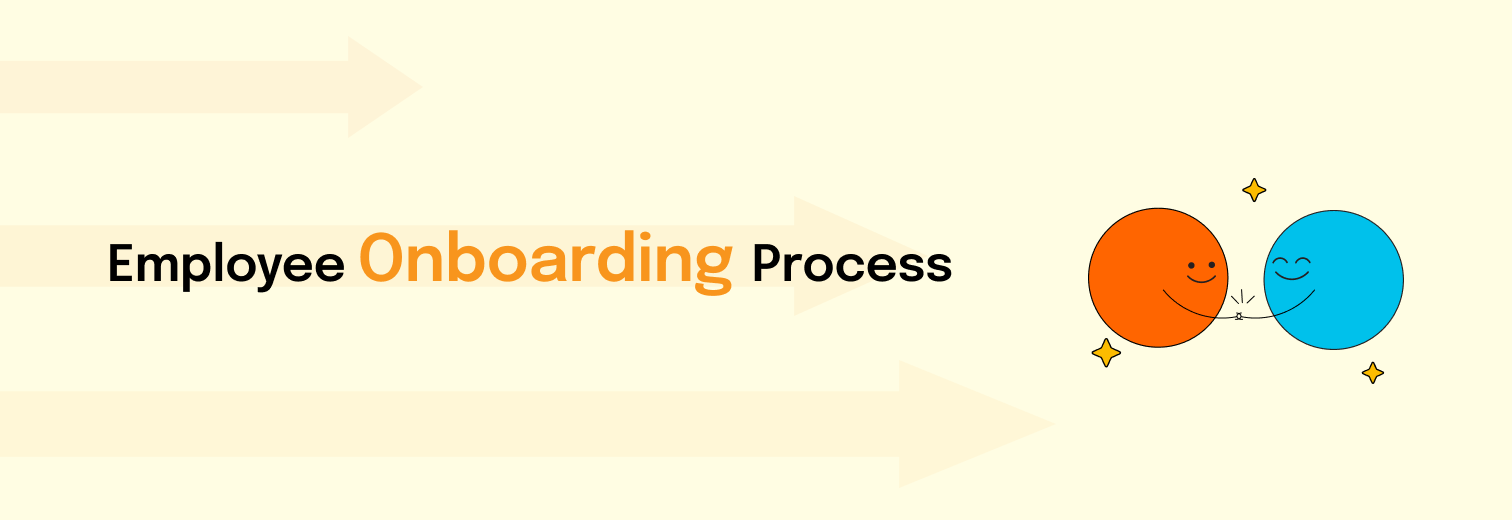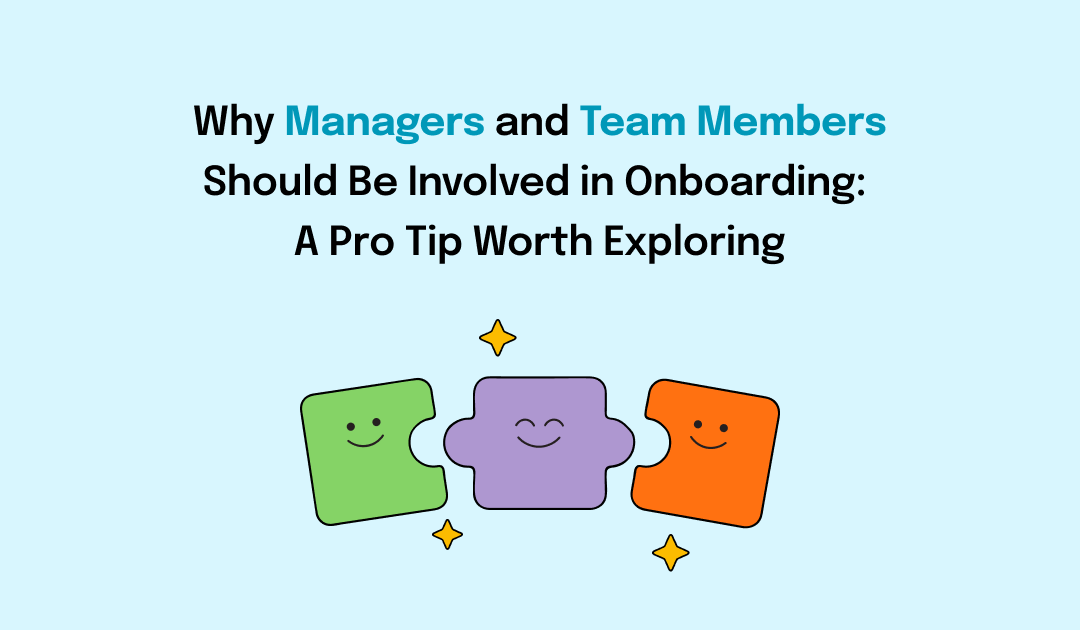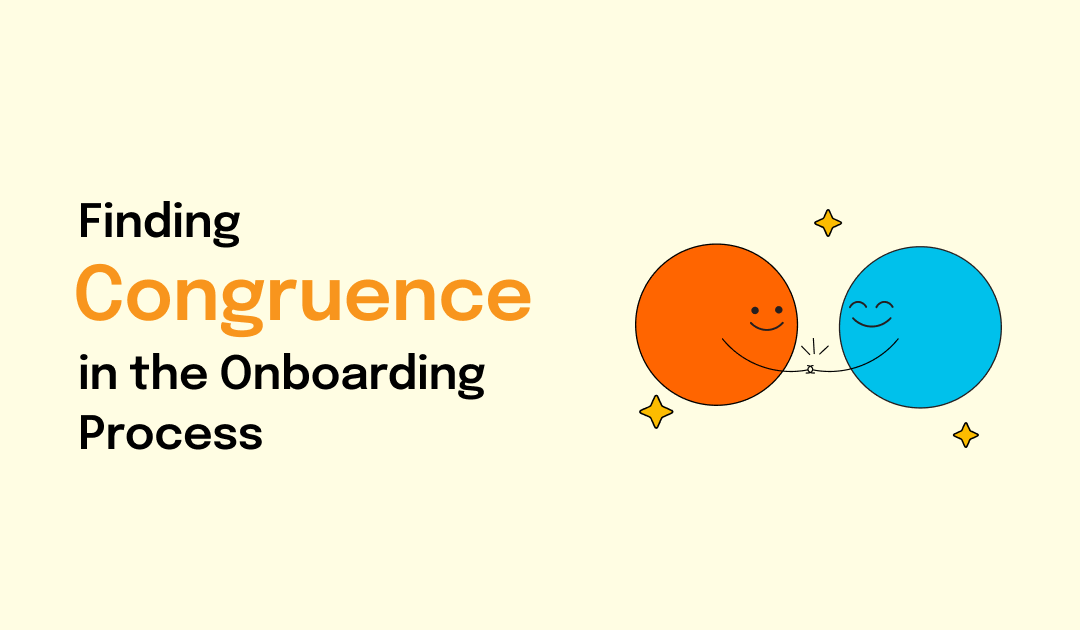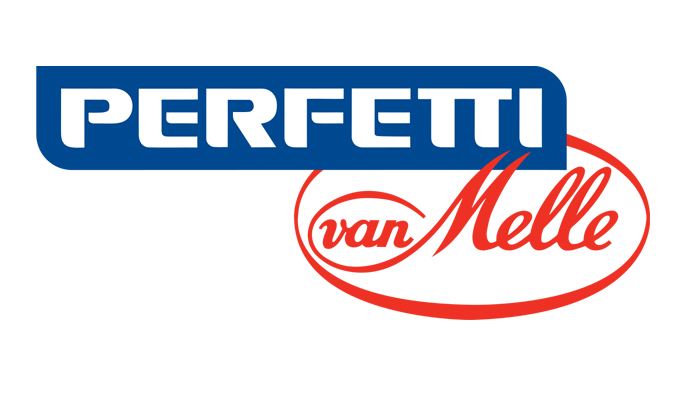Mastering Onboarding New Staff: A Comprehensive Guide to Success
Onboarding new staff is essential to setting up new employees for success, ensuring they feel welcomed, prepared, and aligned with your company’s culture and objectives. When done right, it enhances employee engagement, accelerates productivity, and builds loyalty, which is crucial for retaining top talent in today’s competitive market.
Effective onboarding new staff goes beyond paperwork and formalities; it’s about making a strong first impression and building a supportive environment from day one. This guide covers a complete new staff onboarding process from pre-boarding essentials to comprehensive employee onboarding steps and long-term engagement. By following these onboarding best practices and crafting successful onboarding programs, you’ll understand how to onboard new employees in a way that not only sets clear expectations but also fosters a positive and lasting connection.
Understanding the New Staff Onboarding Process
Table of Contents
A well-defined new staff onboarding process is critical for helping employees integrate smoothly into their new roles. It involves more than introductions and training; it’s a structured journey that equips new hires with the confidence and skills they need. Proper onboarding gives employees a deep understanding of their responsibilities and helps them embrace your company’s culture, values, and objectives.
The onboarding new staff journey typically unfolds in several stages, each contributing to an employee’s readiness and long-term success. From initial preparations to continuous development throughout the year, these stages aim to create a cohesive experience that builds rapport, clarifies expectations, and nurtures motivation.
Stages of Onboarding New Staff:
- Pre-Arrival Preparation: Ensuring that all the essentials are in place for the employee’s start.
- First Day Orientation: Introducing the company, its values, and the team in a welcoming way.
- First Week Integration: Helping the new hire adjust to their tasks and begin contributing.
- 90-Day Checkpoints: Periodic reviews to assess progress, offer support, and reinforce goals.
- First-Year Development: Focusing on growth and development to deepen the employee’s commitment.
These stages serve as a roadmap for any successful onboarding program, allowing you to design a seamless experience that drives engagement and retention from the beginning.
Key Employee Onboarding Steps
A structured approach to onboarding new staff includes a series of employee onboarding steps that contribute to a smoother, more engaging transition. Here are the main steps:
Step 1: Pre-Arrival Preparation
An impactful onboarding starts before the new hire even steps through the door. The pre-arrival phase sets a positive tone, showing the employee that they are a valued addition to the team.
- Setting Up Workstations and Technology: Have their computer, login credentials, and any software tools ready so they can start working immediately.
- Welcome Email and Checklist: Send a friendly email outlining what they can expect on the first day, as well as any items they may need to bring. Attaching an onboarding checklist can help clarify expectations.
- Completing Paperwork: Get essential documentation out of the way before their arrival, including employment contracts, payroll forms, and compliance documents.
Step 2: First Day Orientation
The first day is your opportunity to make a memorable impression, so it’s crucial to make new hires feel at ease and excited about joining the team.
- Company Introduction: Share the company’s story, mission, and values. Explain how the new employee’s role aligns with organizational goals.
- Team Introductions: Introduce them to team members and key contacts. Assigning an onboarding buddy is a great way to provide them with guidance and a friendly face.
- Reviewing Procedures: Go over basic procedures, such as time-tracking, communication tools, and any specific protocols related to their position.
Step 3: First Week Integration
Building upon the initial welcome, the first week should help new employees settle into their roles and get acquainted with their responsibilities.
- Assigning Initial Tasks: Start with small, manageable tasks that allow them to become familiar with workflows without feeling overwhelmed.
- Regular Check-Ins with Manager: Schedule daily or weekly check-ins to address any concerns and answer questions. Regular communication is essential for effective new staff onboarding.
- Encouraging Team Engagement: Invite them to attend meetings, participate in team activities, and gradually involve them in collaborative projects.
Step 4: First 90 Days and Continuous Development
The first three months are a critical period for onboarding new staff, as it establishes their long-term success and performance. Establish a 30-60-90-day plan to guide the employee’s progress and measure their development.
- Setting Goals and Objectives: Work with the new hire to set specific, measurable goals for each 30-day period. These could be role-specific targets, skills to learn, or collaborative projects.
- Ongoing Training and Development: Offer training sessions that align with their role. This may include technical skills, company policies, or industry-specific knowledge.
- Feedback and Adjustments: Provide constructive feedback and be open to suggestions for improvement. Continuous feedback helps the new employee feel supported and motivated.
Best Practices for Successful Onboarding Programs
Effective onboarding best practices can make the process both enjoyable and productive. Below are strategies to create successful onboarding programs that retain top talent:
- Set Clear Expectations: Align the onboarding plan with the job description to avoid role confusion.
- Personalize the Experience: Customize certain elements of the onboarding process to fit each role, team, or individual.
- Utilize an Onboarding Checklist: A structured onboarding checklist keeps tasks organized and ensures that each step is completed on time.
- Reinforce Company Values: Regularly communicate the company’s mission and values, making them a natural part of the new hire’s experience.
- Solicit Feedback for Improvement: Regularly ask for feedback from new hires to refine and optimize the process.
By following these best practices, you can ensure your onboarding process remains consistent, effective, and enjoyable for everyone involved.
Onboarding Checklist: Your Roadmap for Success
A well-defined onboarding checklist is a powerful tool for guiding each new hire through their journey and ensuring every detail is covered. Here’s an example of key items in an employee onboarding checklist:
- Pre-Arrival: Send a welcome email, prepare workstation, complete paperwork.
- First Day: Conduct orientation, review key policies, introduce to team.
- First Week: Set initial goals, hold daily check-ins, encourage team bonding.
- 30/60/90-Day Milestones: Evaluate progress, provide feedback, adjust goals as necessary.
- First-Year Review: Reflect on achievements, discuss future goals, and offer developmental feedback.
By using this checklist, your onboarding new staff process will feel structured, thorough, and welcoming.
Common Challenges in Onboarding New Staff & How to Overcome Them
Onboarding can face several common challenges, but these can be managed with proactive planning:
- Delayed Equipment and Workspace Setup: Ensure IT and facilities are aware of the new hire’s start date to prevent delays.
- Low Engagement in Remote Onboarding: For remote workers, use video calls, interactive tools, and team-building activities to foster engagement.
- Miscommunication Across Departments: Keep clear communication with all involved departments, ensuring everyone understands their role in the onboarding process.
- Insufficient Feedback Loops: Regular feedback from recent hires can uncover areas for improvement and help refine the new staff onboarding process.
The Role of Technology in Enhancing Onboarding
Technology can be a game-changer for onboarding new staff, offering tools that streamline processes, track progress, and boost engagement. Many companies use digital onboarding platforms that allow HR, managers, and new hires to stay connected and organized. These platforms provide:
- Progress Tracking: Digital checklists help managers monitor each new hire’s progress through the employee onboarding steps.
- Interactive Training: Use interactive training software to make learning engaging and tailored to the new hire’s role.
- Enhanced Communication: Tools like chat platforms and video conferencing ensure consistent communication, especially for remote onboarding.
With technology, you can create a seamless, user-friendly new staff onboarding process that supports learning and productivity.
Crafting a Memorable Onboarding Experience with FocusU
For companies seeking an impactful approach to onboarding new staff, FocusU offers tailored onboarding programs designed to foster engagement and align new hires with organizational values. Through a blend of interactive sessions, gamified learning, and skill-building workshops, FocusU’s onboarding solutions ensure that new employees not only feel welcomed but also excited and prepared to contribute.
Frequently Asked Questions (FAQs)
Q1. What is onboarding new staff?
Onboarding new staff is a structured process that helps new hires adapt to their role, the team, and the company culture.
Q2. How long does onboarding typically take?
While onboarding varies, an effective program often spans from the first day to the end of the first year.
Q3. What are some essential onboarding steps?
Key steps include pre-arrival setup, first-day orientation, first-week integration, and ongoing development checkpoints.
Q4. Why is a 30-60-90-day plan important?
This plan provides structured goals for each period, helping new hires to meet expectations and grow.
Q5. How can I make virtual onboarding engaging?
Use interactive tools, regular check-ins, and team activities to keep remote hires engaged and connected.
Q6. What should an onboarding checklist include?
Include tasks like workspace preparation, introductions, goal setting, and periodic reviews to guide the process.
Q7. How does onboarding affect employee retention?
A positive onboarding experience improves engagement and loyalty, reducing turnover rates.
Q8. How can FocusU enhance my onboarding process?
FocusU provides customized onboarding solutions, combining interactive learning and gamified experiences that make onboarding memorable.
